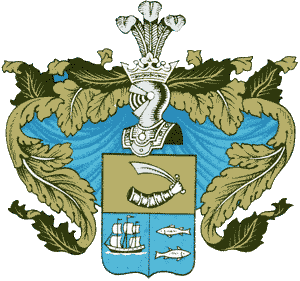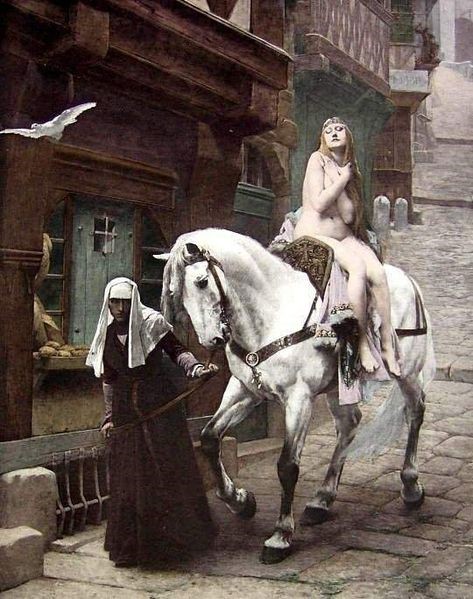People choose genealogy as a hobby for many different reasons: to find out how an ancestor was involved in history, to explore family stories or to honor and preserve family culture and heritage. Some, however, pursue genealogy in order to join a lineage society.
What is a lineage society? A lineage society is a group that has requirements to join based on your ancestry. To join a society you will have an application to fill out, a membership fee to pay and you will need to provide genealogical documentation for your ancestor. Some lineage societies operate by invitation only.
To help a new potential member, many lineage societies will provide a list of qualifying ancestors on their web page.
A (very) brief history of lineage societies in the United States
After the American Revolution, Americans reveled in the newness of their country and rejected old world ways, including the elitism of genealogy and pedigree.
So, it should not be surprising that the first lineage societies, in what was to become the United States, were military based, such as the Ancient and Honorable Artillery Company of Massachusetts.
However, after the centennial celebration of the nation in 1876, Americans were eager to demonstrate their patriotism by showing their family involvement in the history of the nation. This resulted in the founding of the some of the best known genealogical lineage societies. For example, the Daughters of the American Revolution, founded in 1890, and the General Society of Mayflower Descendants, founded in 1897.
Today, for many Americans, the idea of a lineage society may be old-fashioned and stuffy, but that isn’t necessarily the truth. After the recent popular culture explosion of genealogy from the 1970s to present – where all ancestors of all types are celebrated – there is now a lineage society for everyone.
I hope you enjoy perusing some of the more unusual lineage societies I have discovered. Please visit the Genealogy Division of the Indiana State Library if you would like to explore your own curious lineage.
A Collection of Curious Lineage Societies
Associated Daughters of Early American Witches
This society was founded in 1987. A potential member must prove descent from an ancestor who was officially accused, tried, convicted or executed for the practice of witchcraft in Colonial America prior to 1699. The society website includes a list of qualifying ancestors.
Descendants of the Illegitimate Sons and Daughters of the Kings of Britain
This society was founded in 1950. A potential member must prove descent from an illegitimate child, grandchild or great-grandchild of a king of England, Scotland, Wales, Great Britain or the United Kingdom.
Flagon and Trencher
This society was founded in 1963. A potential member must prove descent from an individual who conducted a tavern, inn or ordinary in the American Colonies, prior to 1776. The society website includes a list of qualifying ancestors.
National Society of Saints and Sinners
This society was founded in 2010. A potential member must prove descent from a saint. The society website includes a list of qualifying ancestors.
Society of Descendants of Lady Godiva
Established 2014, a potential member must prove descent from Lady Godiva. The society website includes a list of qualifying ancestors.
For more Information
The Hereditary Society Community of the United States
For further reading:
“The History of American Lineage Societies” by Kathy Petlewski, MSLS; Lineage Societies: Leaving a Legacy for Future Generations, by Kimberly Ormsby Nagy, MD, PLCGS; NGS Magazine April–June 2019, available in the Genealogy Division reading room.
“Your Guide to Lineage Societies” by Lynn Betlock, American Ancestors, vol. 19, Summer 2018, available in the Genealogy Division reading room.
“Family Trees : a History of Genealogy in America” by François Weil. ISLG 929 W422F. Genealogy Division, Indiana State Library.
“Roots Quest: inside america’s genealogy boom” by Jackie Hogan. ISLG 929 H7148RO. Genealogy Division, Indiana State Library.
For further research:
“Witches, Rakes, and Rogues: true stories of scam, scandal, murder, and mayhem in Boston,1630-1775,” by D. Brenton Simons. ISLG 974.402 B747si. Genealogy Division, Indiana State Library.
“Tracing Your Ancestors from 1066 to 1837: a guide for family historians,” by Jonathan Oates. ISLG 929.12 O11tr. Genealogy Division, Indiana State Library.
“A Who’s Who of Your Ancestral Saints,” by Alan J. Koman. ISLG 929.102 K81W. Genealogy Division, Indiana State Library.
“Magna Carta Ancestry: a study in colonial and medieval families,” by Douglas Richardson. ISLG 929.72 R522m. Genealogy Division, Indiana State Library.
“Plantagenet Ancestry: a study in colonial and medieval families,” by Douglas Richardson. ISLG 929.12 R522p. Genealogy Division, Indiana State Library.
“The Taverns and Turnpikes of Blandford, 1733-1833,” by Sumner Gilbert Wood. ISLG 974.402 B642W. Genealogy Division, Indiana State Library.
“A Sketch of Fraunces’ Tavern and Those Connected with Its History,” by Henry Russell Drowne. [Pam.] ISLG 974.702 N567 NO. 1. Genealogy Division, Indiana State Library.
This blog post is by Angi Porter, Genealogy Division librarian.


